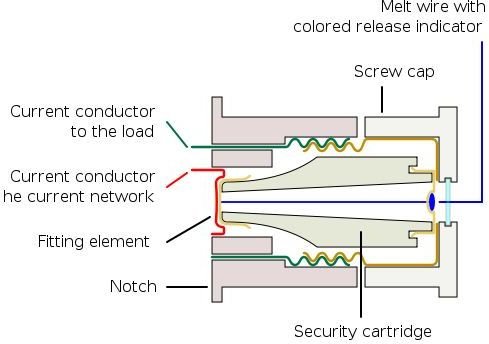


The mentioned melting integrals are typical values. The melting integral is an index for the time-current characteristic and informs about the pulse consistency of a fuse link. The data in this catalog are based on 6 or 10 x lrat. At excess current with melting times < 5 ms the melting integral remains constant. The melting integral (I 2t) results from the squared melting current and the corresponding melting time. (They are presented as an envelope curve for all mentioned rated currents.) The pre-arcing time limits indicate the relation of fusing time to current. 80% of their rated current (with an ambient temperature of 23☌), see also the fuse-specific current-carrying capacity (F) on the individual pages of the catalog. table (see factor F T):ĭue to different specifications of rated current the recommended continuous current of the fuse links is max. For such applications, the fuse should be derated in accordance with the following diagram, resp. The heating conditions of the maximum occurring ambient temperature have to be checked, in particular with high rated currents of the fuses, and a strong thermal radiation of components nearby. Higher ambient temperatures (T umg) mean additional load for the fuse links. The rated current (I rat) of a fuse link should approximately correspond to the operating current of the device or assembly unit which is to be protected (in accordance with the ambient temperature and rated current-definition, which means the permitted continuous currents). DIN, ISO, JASO, partially maximum values common for Littelfuse are stated as well. The voltage drop (U N) is measured according to standards e.g. If the operating voltage is very low, the fuse link's natural resistance (voltage drop) must possibly be taken into consideration. The rated voltage (U N) of a fuse link has to be at least equal or higher than the operating voltage of the device or assembly unit which is to be protected with the fuse link. (Further the level of technology, the details of the actually valid implementation provisions, the safety-principle "human beings, animals and material assets must be protected against danger," as well as the qualification of the installed components should be taken into account - self-responsibility of the manufacturer of electrical devices.) Selection Explanations and Recommendations The following international regulations and recommendations in their currently valid version are valid for fuse links: The current flow is interrupted by the melting of the fuse wire in which the current flows. Automotive Fuse Link Definition and SpecificationsĪutomotive use links are self-acting break appliances for the protection of electrical devices against unsuitable current loads.


 0 kommentar(er)
0 kommentar(er)
